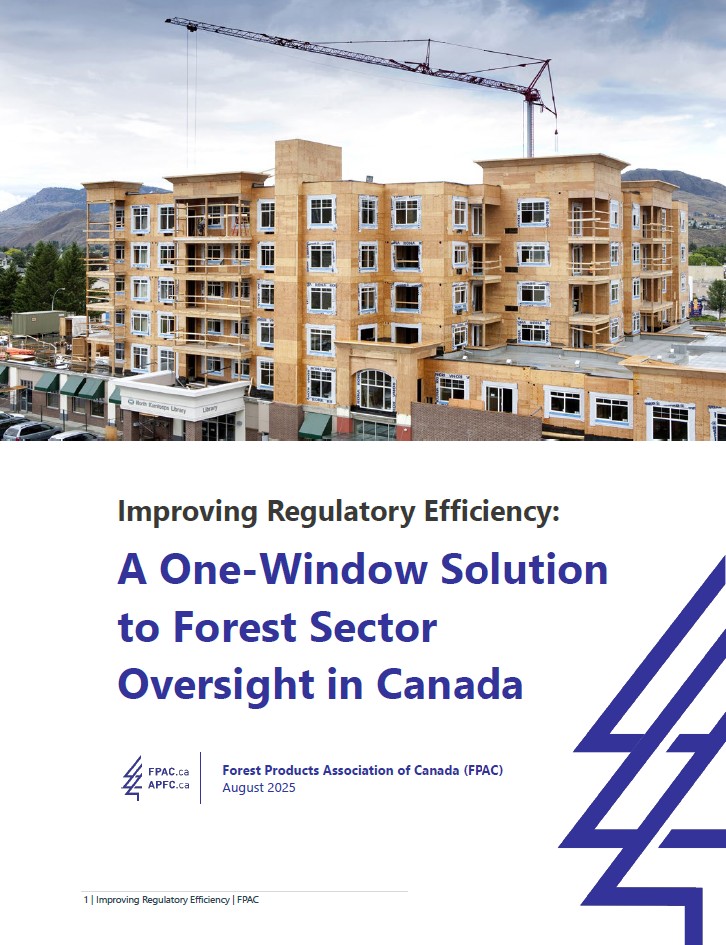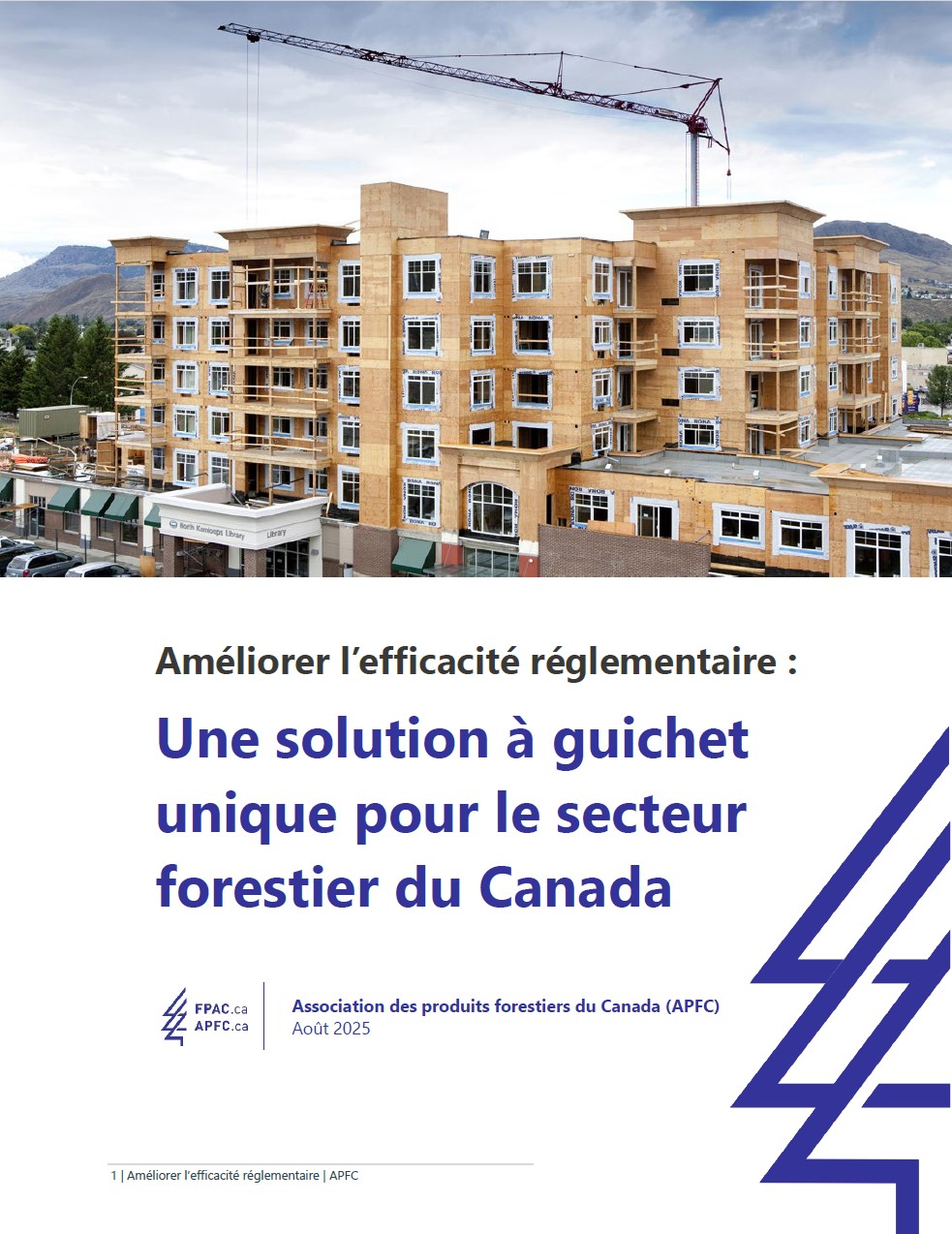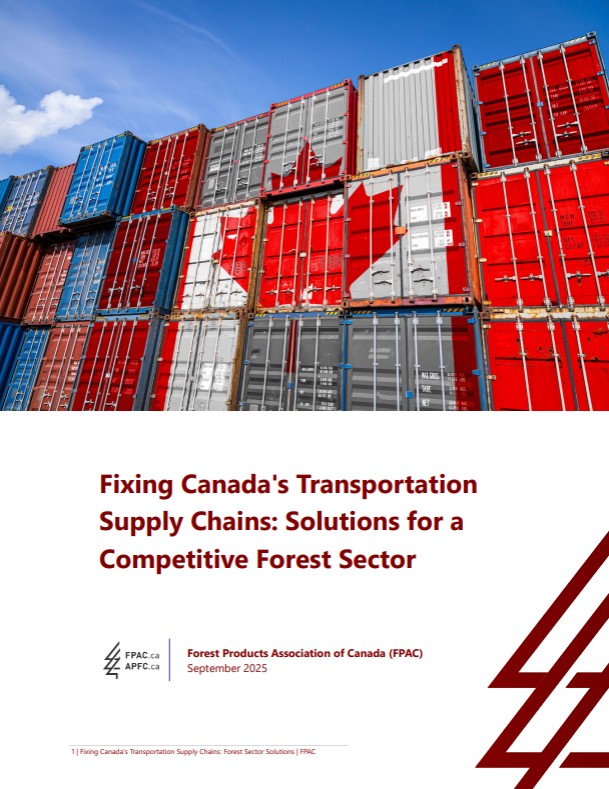Regulatory Duplication is a Growing Threat to Competitiveness
Canada’s forest sector is a cornerstone of the national economy, supporting over 200,000 direct jobs, generating $87 billion annually, and ranking among Canada’s top five export industries. It plays a critical role in delivering on housing affordability, Indigenous economic reconciliation, decarbonization, wildfire resilience, and rural development. Yet the sector’s ability to meet these priorities is being constrained by a complex, duplicative, and outdated regulatory environment—one of the most complex regulatory systems in the world—that erodes competitiveness and deters investment.
Forest companies must navigate at least eight overlapping federal statutes, between 20–34 provincial laws, multiple third-party certification systems, and company-specific operating procedures. Many of these rules and systems pursue the same environmental goals but operate in parallel, uncoordinated processes—leading to:
- Jurisdictional conflict due to inconsistent federal and provincial standards;
- Duplication in permitting, compliance, and reporting for the same activity;
- Delays in project approvals and fibre access, which disrupt the stepwise planning essential to forest operations;
- Regulatory uncertainty that deters investment;
- Job losses associated with curtailed or closed operations that lack sufficient investment and fibre supply;
- Eroded global competitiveness;
- Fragmented wildfire and climate strategies that leave forestry under-leveraged as a key partner in delivering effective solutions to these pressing challenges; and
- Failure to deliver on national housing goals, including those outlined in the new Build Canada Homes plan.
The adverse impacts on forest-dependent communities are immense and the stakes have never been higher. From 2013 to 2023, 49 mills closed and over 8,700 jobs were lost—often in remote communities—due in part to regulatory delays and uncertainty. Meanwhile, FPAC members estimate that mills alone (not including harvesting operations and contractors) absorb an estimated $46 million in reporting costs annually.
How the Federal Government Can Create an Efficient One-Window Regulatory Framework
In alignment with Prime Minister Carney’s mandate to boost productivity, remove trade barriers, and attract private investment—and with the Treasury Board’s red tape reduction directive—FPAC recommends:
- Expand use and recognition of formal bilateral equivalency agreements by formally recognizing provincial standards that meet or exceed federal requirements, especially for the Species at Risk Act (SARA) and Fisheries Act. In addition, codify low-risk activities in a “Prescribed Works and Waters Regulation” and expand use of Codes of Practice to avoid redundant approvals.
- Adopt backstop policy approaches where provincial standards are equivalent, particularly the Pulp and Paper Effluent Regulations (PPER). Look at the applicability approach used in the federal Output-Based Pricing System as a model.
- Establish a “One-Window” regulatory model by creating a single portal and inspection process accepted by both federal and provincial governments for environmental compliance. Standardize permitting and reporting requirements across jurisdictions so they align with this process.
- Implement joint federal-provincial Indigenous consultation processes by coordinating engagement to reduce duplication, improve clarity, and ensure meaningful, efficient participation from Indigenous governments and communities.
Conclusion
Reducing regulatory duplication isn’t about weakening environmental standards—it is about enabling smarter, more efficient governance that delivers better outcomes for Canadians, the economy, and forest health. Canada’s forest sector is ready to support national priorities like housing, decarbonization, Indigenous reconciliation, and rural development through regulation that enables, rather than obstructs, progress. FPAC’s recommendations offer a clear path forward and align with Prime Minister Carney’s mandate to improve productivity, accelerate permitting, and restore investor confidence—while reinforcing Canada’s reputation for world-leading sustainable forest management. Now is the time for action.




.png)



